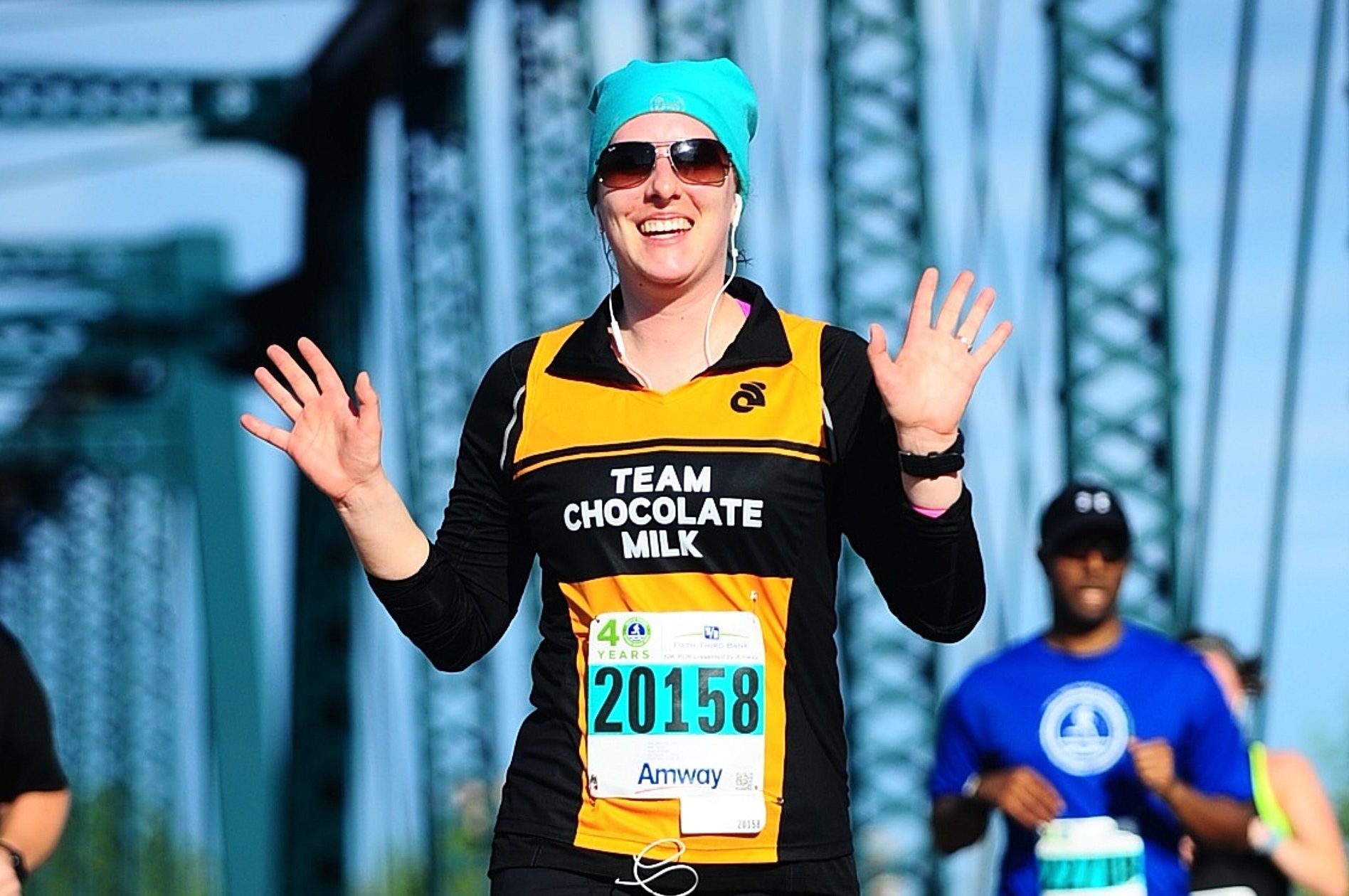Combine chocolate with milk and you have one of the best recipes ever created. Add it as a chaser to your workout and now you’re repairing your muscles, building stamina and replacing electrolytes all while enjoying a cold, creamy glass of nature’s most perfect food.
The research has proven that chocolate milk beats sugary sports drinks to a pulp in the arena of recovery. According to the Built with Chocolate Milk website, studies suggest drinking lowfat chocolate milk post workout could help athletes boost power and improve training times in their next bout of exercise later that same day, compared to when they drink a carbohydrate sports drink.

For example, in one study, after an initial exercise and recovery, cyclists were able to cycle 51 percent longer during a second bout of exercise after drinking chocolate milk post workout than after drinking a carbohydrate replacement drink with the same number of calories. As a bonus for the body conformation crowd, milk and milk’s protein has been shown to help athletes gain more lean muscle and lose fat when compared to drinking a carb-only beverage, as part of a regular workout and recovery routine.
In a study of healthy, untrained men, those who consumed fat free milk after exercise gained more muscle and lost more body fat at the end of a 12-week training program than those who drank a soy protein beverage or a carb-only beverage. All three beverages had the same amount of calories.
Armed with this evidence and their own experience, members of United Dairy Industry of Michigan’s Team Chocolate Milk (TCM) couldn’t agree more. Athlete, blogger, dairy farmer, mom and a member of TCM, Ashley Messing-Kennedy is a believer. While she gets plenty of exercise working with her husband on their farm in Ubly, Michigan, she is also passionate about running and chocolate milk is key in her workout regime.
“As an athlete, chocolate milk is an extremely important part of my recovery diet,” she said. “When you finish with a hard workout it is really important to give your body the nutrients it needs within 60 minutes. If you do that your body will recover more efficiently.”
Dairy farmer, blogger, mom and runner from St. Johns, Michigan, Carla Wardin joined in unison, “There is no team I’d rather run for than Team Chocolate Milk! I truly love it as a recovery drink, and it’s the first thing I have after a long run or race. I enjoy how it’s marketed as nature’s sports drink since it has the perfect combination of carbohydrates and protein. Just as importantly, I love the taste.”
Sheryl Lozicki is a Registered Dietitian Nutritionist with extensive experience in management, wellness and clinical nutrition. She explained her passion for chocolate milk, “I run for Team Chocolate Milk because I truly believe in the recovery power of cow’s milk. I love the fact that it’s the perfect 3:1 carbohydrate: protein ratio, no mixing or measuring powders or buying from specialty stores. It’s refreshing, highly cost effective, tastes great anytime but especially after a long run and it reserves a special status in our family refrigerator.”
Lozicki confessed she was a late bloomer when it came to running. “I was a ‘just-in-time runner’ during my youth. Just in time for prom, just in time for spring break, just in time for the start of swim suit season,” she said. “As I aged, the just-in-time didn’t cut it anymore and I needed to create a healthy habit that kept me fit year-round. As a Registered Dietitian Nutritionist, I need to walk the talk and that means balancing a healthy diet with exercise most days of the week, adequate rest and smart stress management. Honestly, running helps me fulfill 3 out of the 4: moving more, a better night’s sleep and a way to detox either going into or after the work day.”
While Kennedy has a financial stake in chocolate milk, her passion for the nutritional benefits exceed her livelihood. “I would definitely use chocolate milk even if I wasn’t a dairy farmer. Like many runners and athletes, I am often fitting in a run before going out to the barn, during lunch or late after I get my daughter in bed. Which means that I need some quick, delicious and complete recovery fuel. Chocolate milk quenches my thirst and hunger quickly and pairs great with whatever I’m grabbing to head back out in the barn.”
Running for TCM is a natural promotional platform for the nutrient packed punch of milk. Kennedy commented, “I love getting to represent my industry, but my favorite part is how much people love you. Since there isn’t a Team Wine or Team Beer you are always a race favorite. It’s a great conversation starter and I have had a lot of discussions about farming and consuming dairy.”
After a race, Kennedy tosses chocolate milk in the spotlight, “I obviously always have my milk after I’m done racing. Combining that with my uniform people usually notice.” She continued, “My big promotion and where I have the best impact comes after the race where I try to post [on social media] about my recovery combination of chocolate milk and electrolytes. I have a really broad range of followers and I think that is where I have the most impact. I practice what I preach and then I share about the farm too!”
Wardin grabs her promotional opportunities during the race, “Other runners love to talk to me about it. They usually start by commenting on my shirt and saying chocolate milk sounds good about right now. If it’s a long race, I talk to them about the team and how I’m a farmer. If it’s a short race, I manage to say, ‘Go dairy!’”
“Part of the agreement to be on the team is that you run four races a year and promote it on social media. So not only do I talk to people about it before, during, and after races, but people ask me about it in real life.” Wardin concluded, “I like to tout the benefits of chocolate milk for all athletes, not just recreational ones like me. I also no longer wonder what to wear to races, ever…Team Chocolate Milk shirt it is!”
–Melissa Hart
This article was originally published in the August 2018 issue of the Michigan Milk Messenger.

